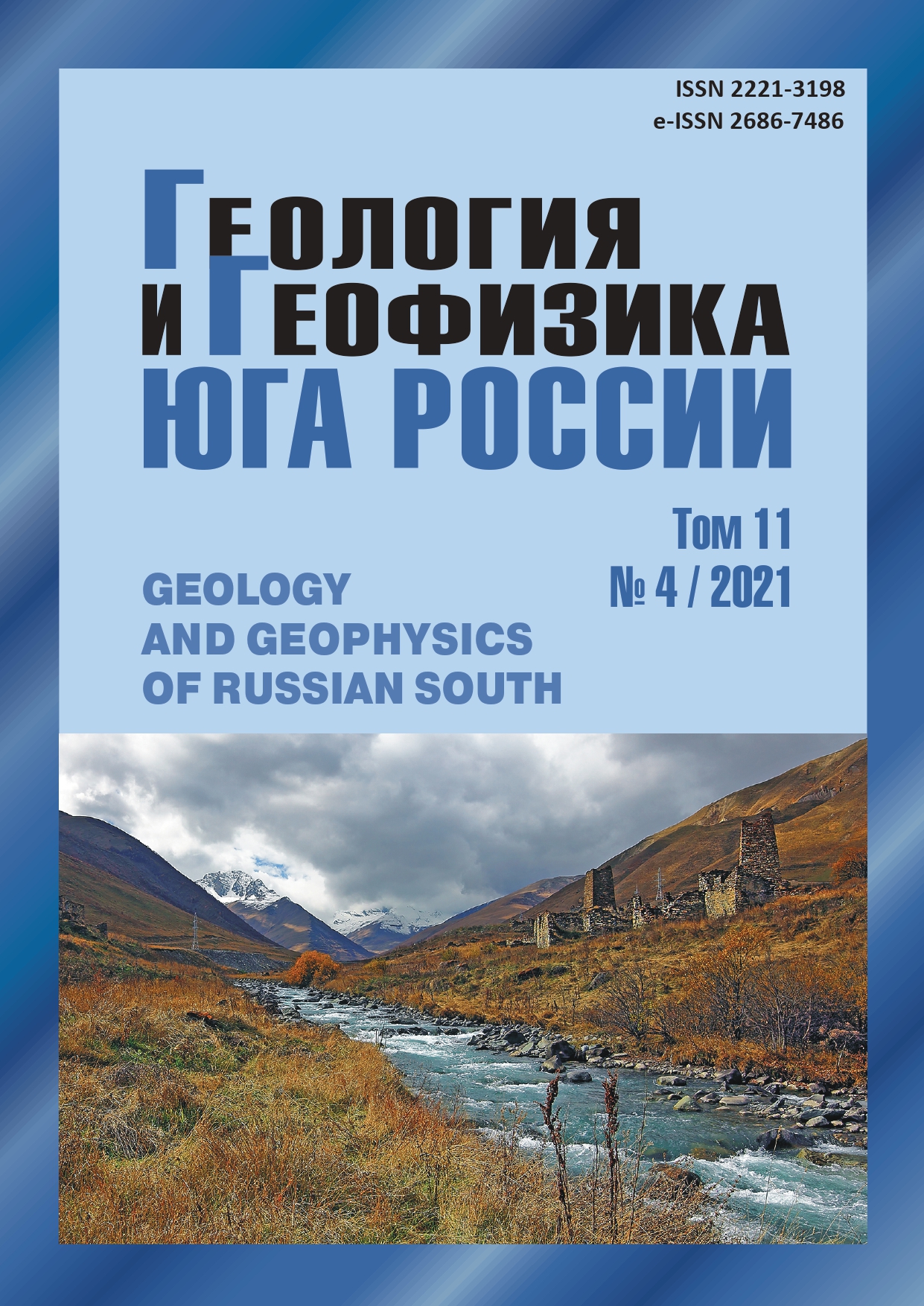About the possibility of using the output data of the global atmosphere model GFS NCEP in ecological research
Abstract
The degree of matching of the predictive values of atmosphere stratification with an increasing lead time of 24 hours obtained from the global atmosphere model GFS NCEP (Global Forecast System National Centers for Environmental Prediction) and the actual data of aerological sounding based on correlation analysis was assessed. The relevance of the work lies in the fact that at present the number of natural hazards continues to increase, including atmospheric pollution with impurities leading to global warming. When predicting dangerous phenomena for the environment, the input data are the values of the fields of meteorological parameters based on the actual data of the aerological sounding of the atmosphere. Such data is available only at individual weather stations located far enough apart from each other, which complicates the research. Meanwhile, tools for analyzing and assessing the spread and dispersion of pollutants in the atmosphere have now received significant development. A limiting factor in their wider use by interested structures for predicting air quality, emergency services, aviation representatives, government agencies and the community of atmosphere researchers is the lack of information about the current state of the atmosphere, as well as obtaining predictive meteorological parameters. To solve this problem, data from the global atmosphere model GFS NCEP are proposed. The aim of the study is to determine the validity of replacing the actual data of the aerological sounding of the atmosphere with the predictive fields of stratified meteorological parameters from the global atmosphere model. The research method is correlation analysis, one of the methods of statistical data analysis. As a result of the research, it was found that the correlation coefficients between the predictive and actual values of air temperature, dew point temperature, wind speed and direction have high values. This makes it possible to use the data of the global model in mathematical modeling of atmospheric pollution, as well as the forecast of dangerous natural phenomena, such as floods, heavy rain, hail, mudslides, leading to disruption of natural ecological systems.


